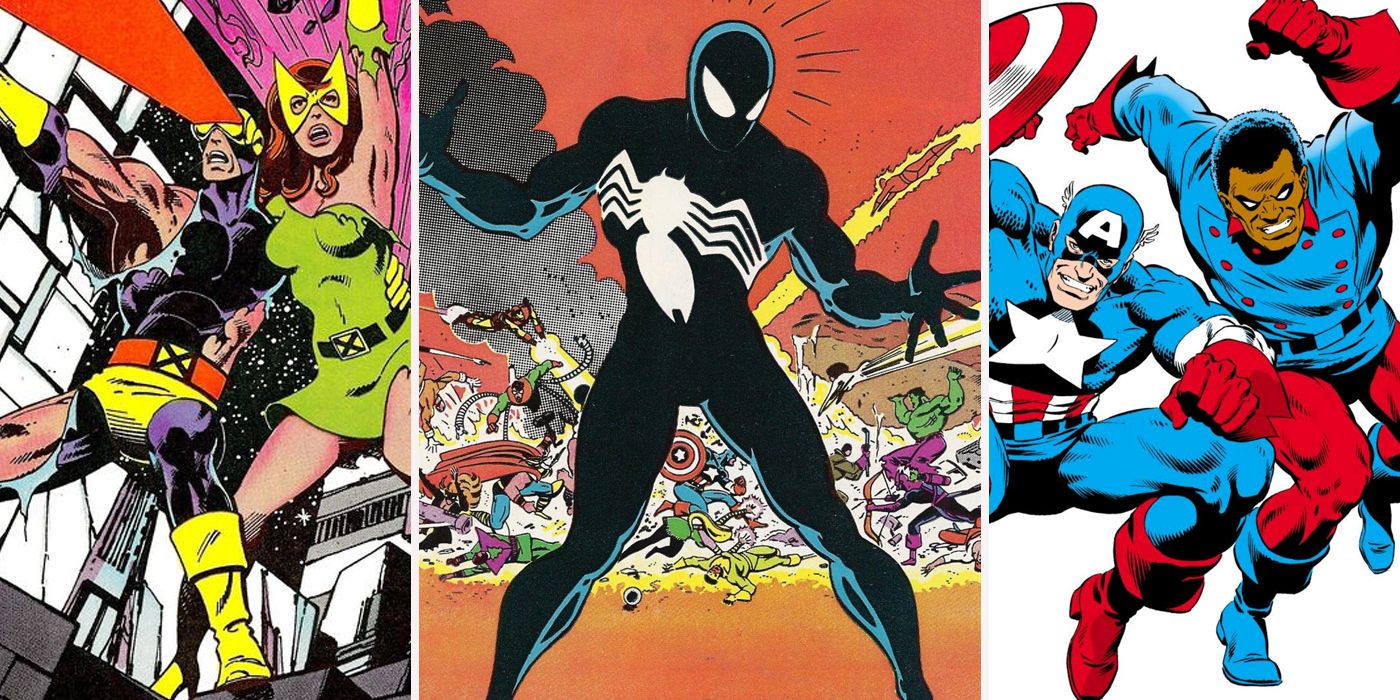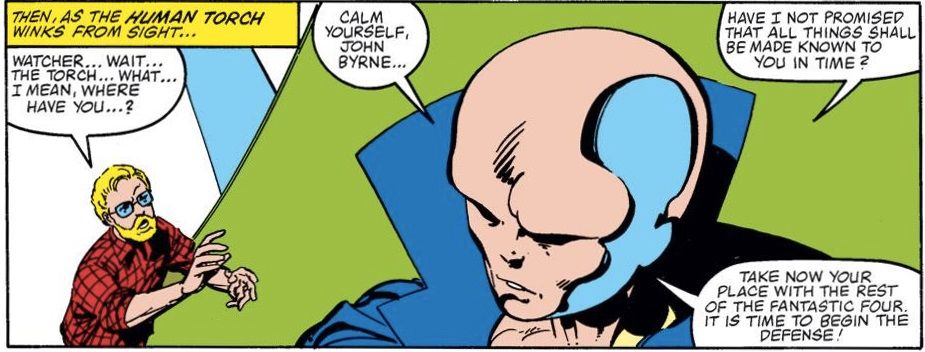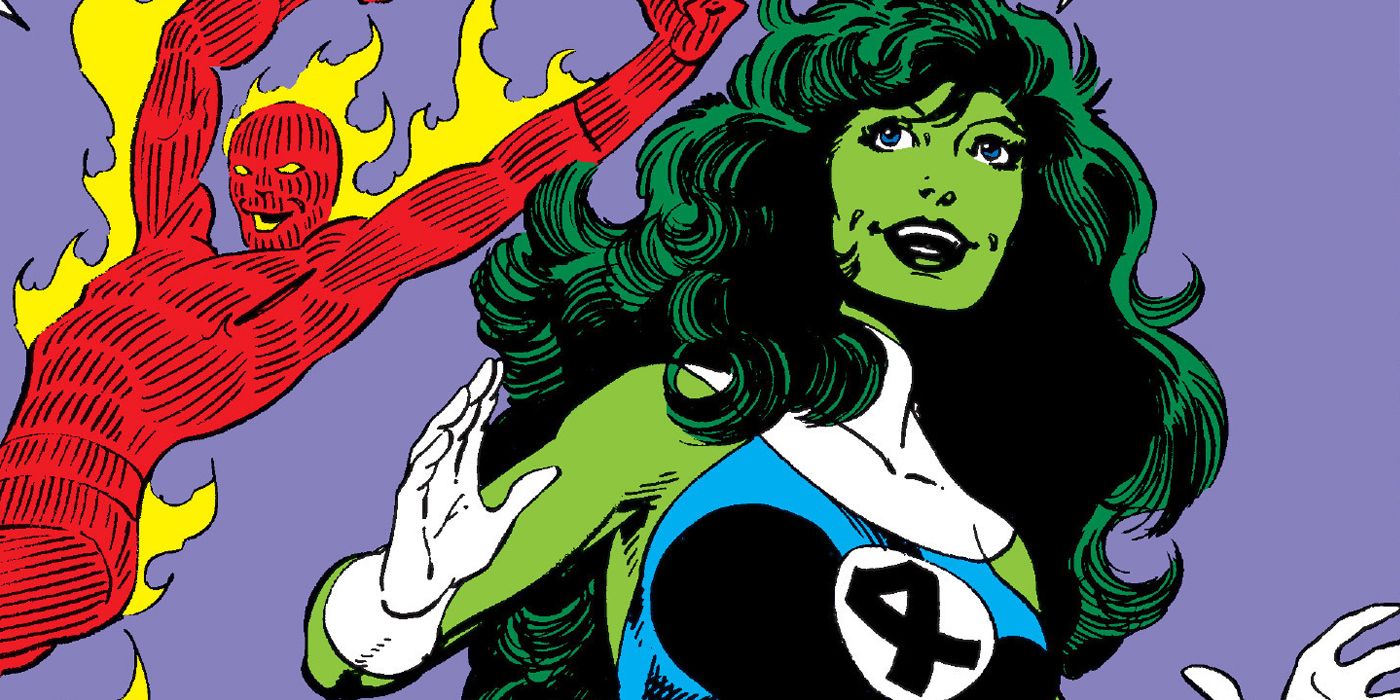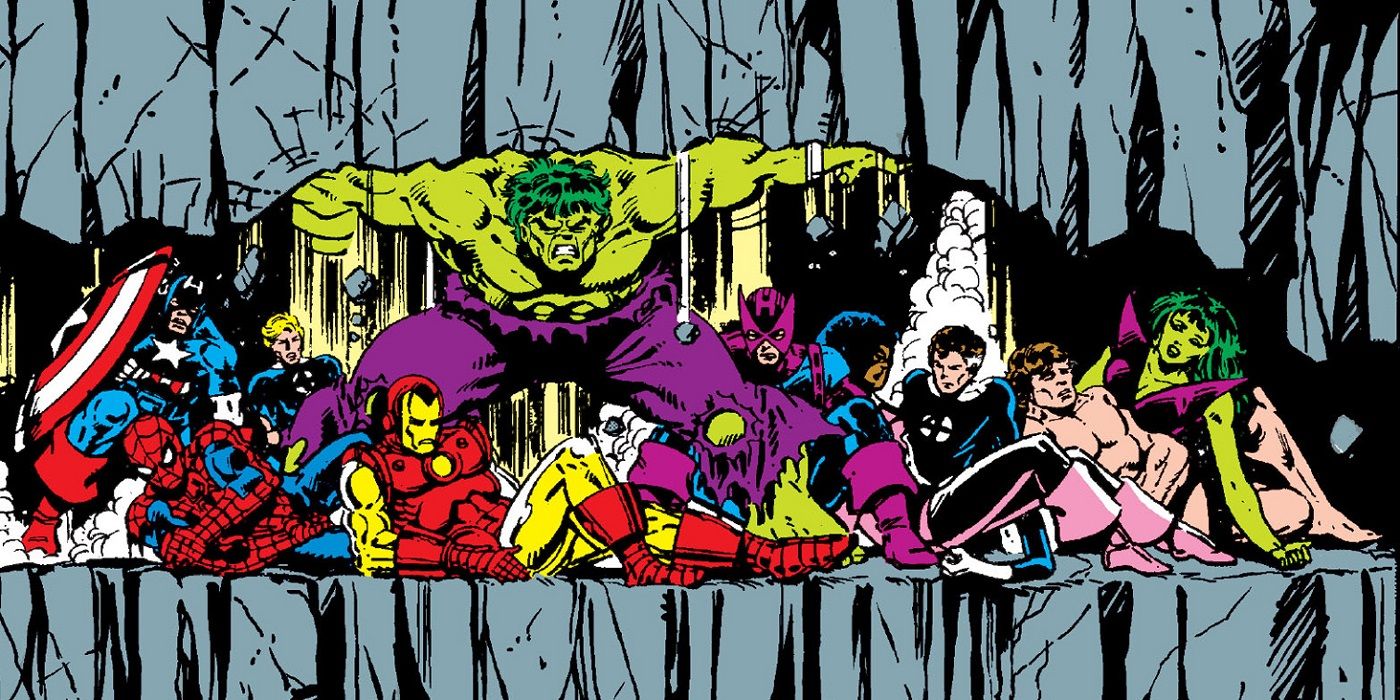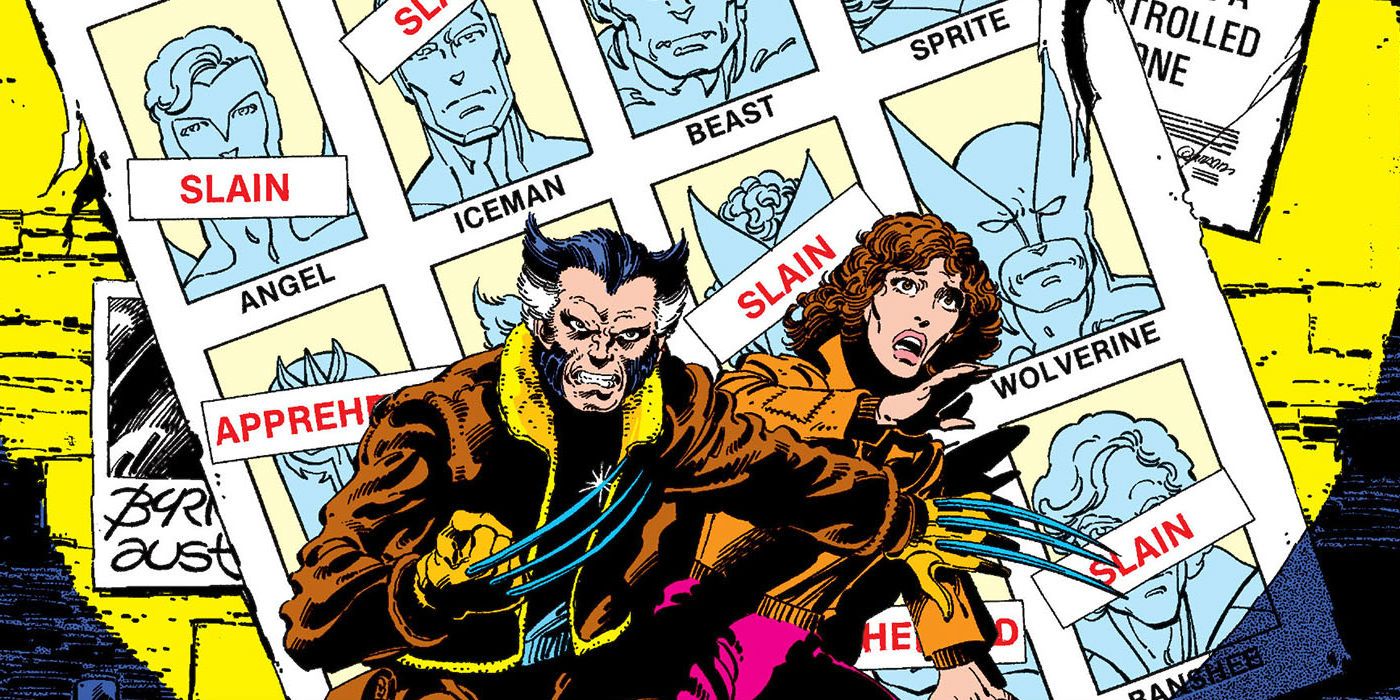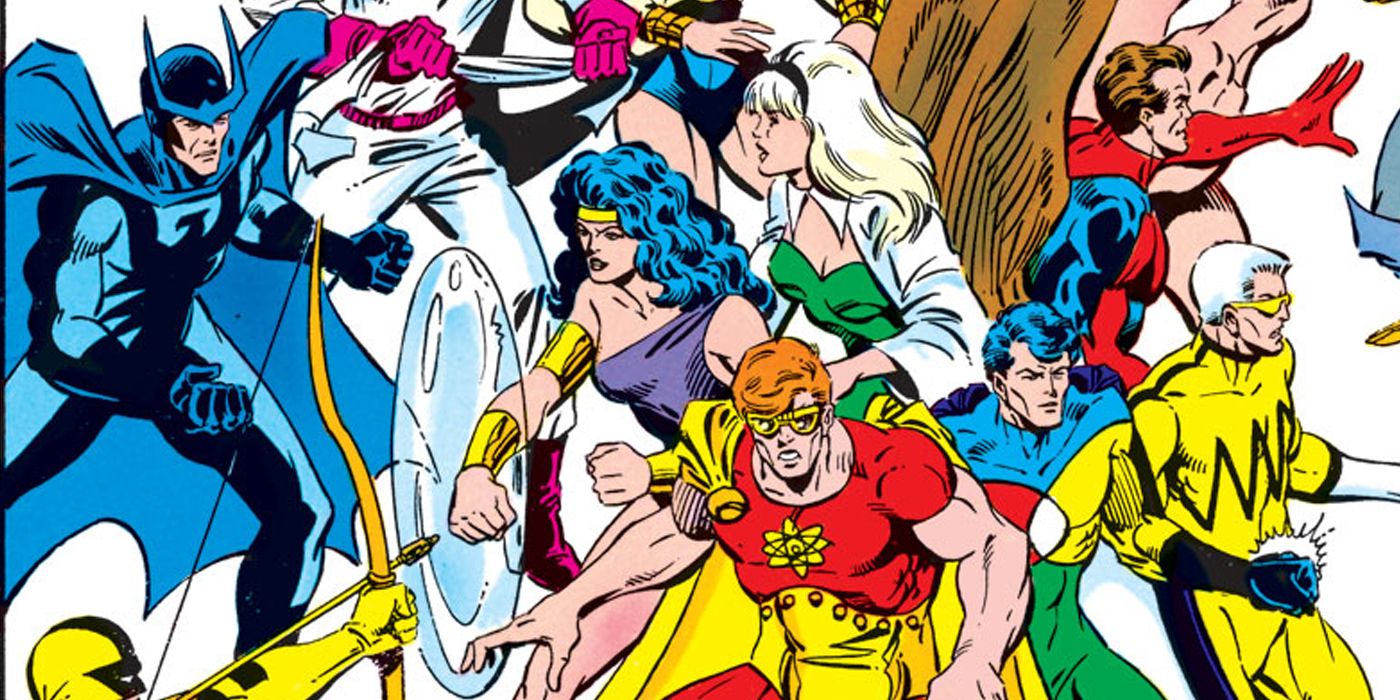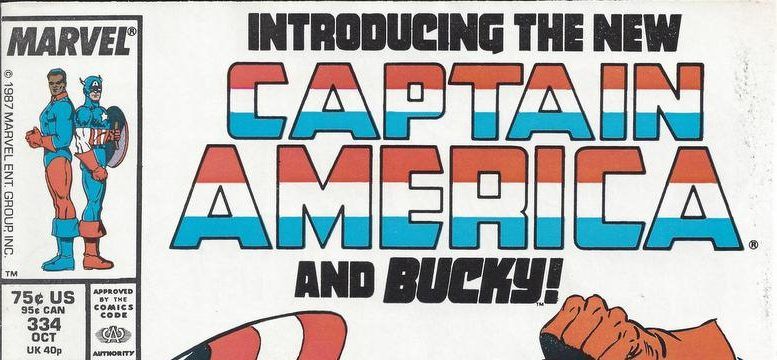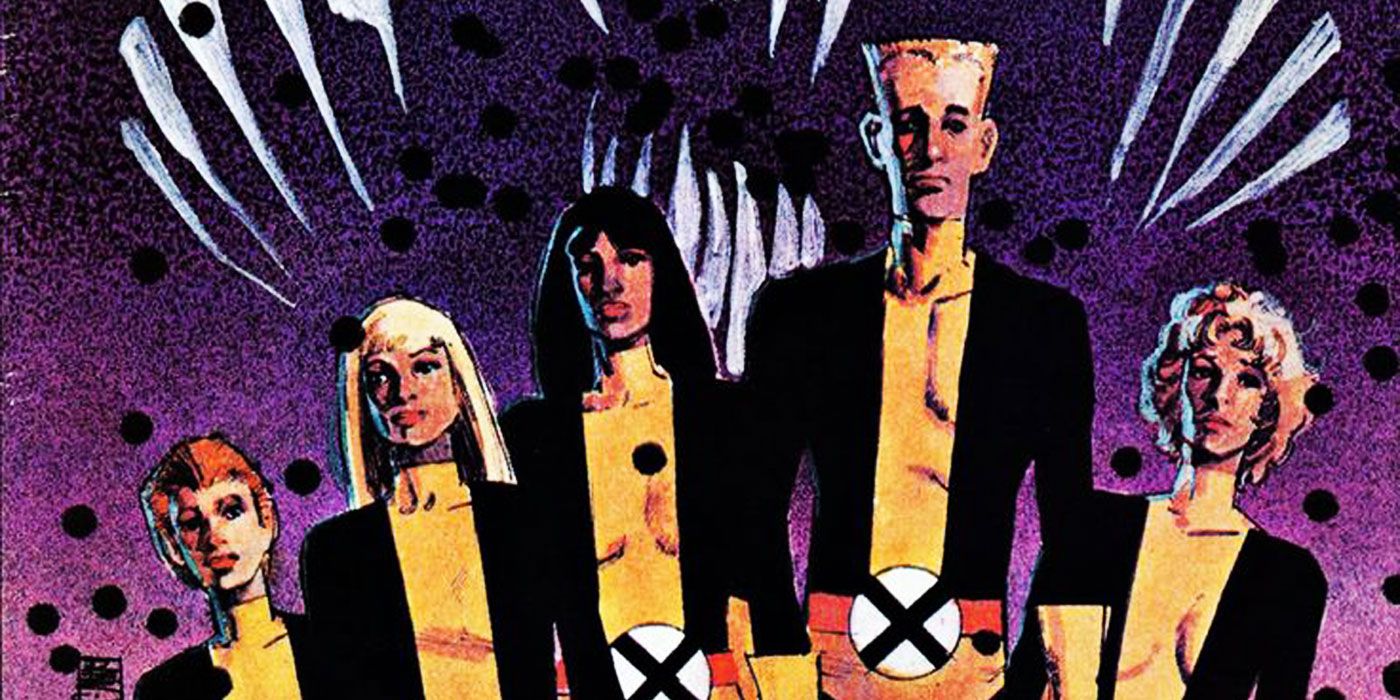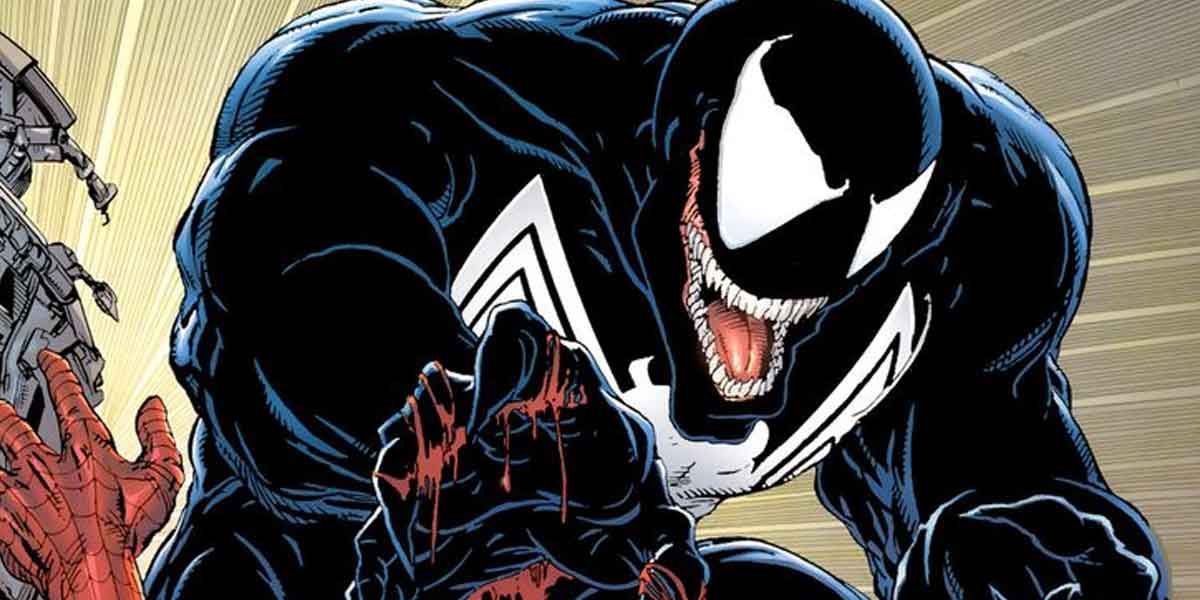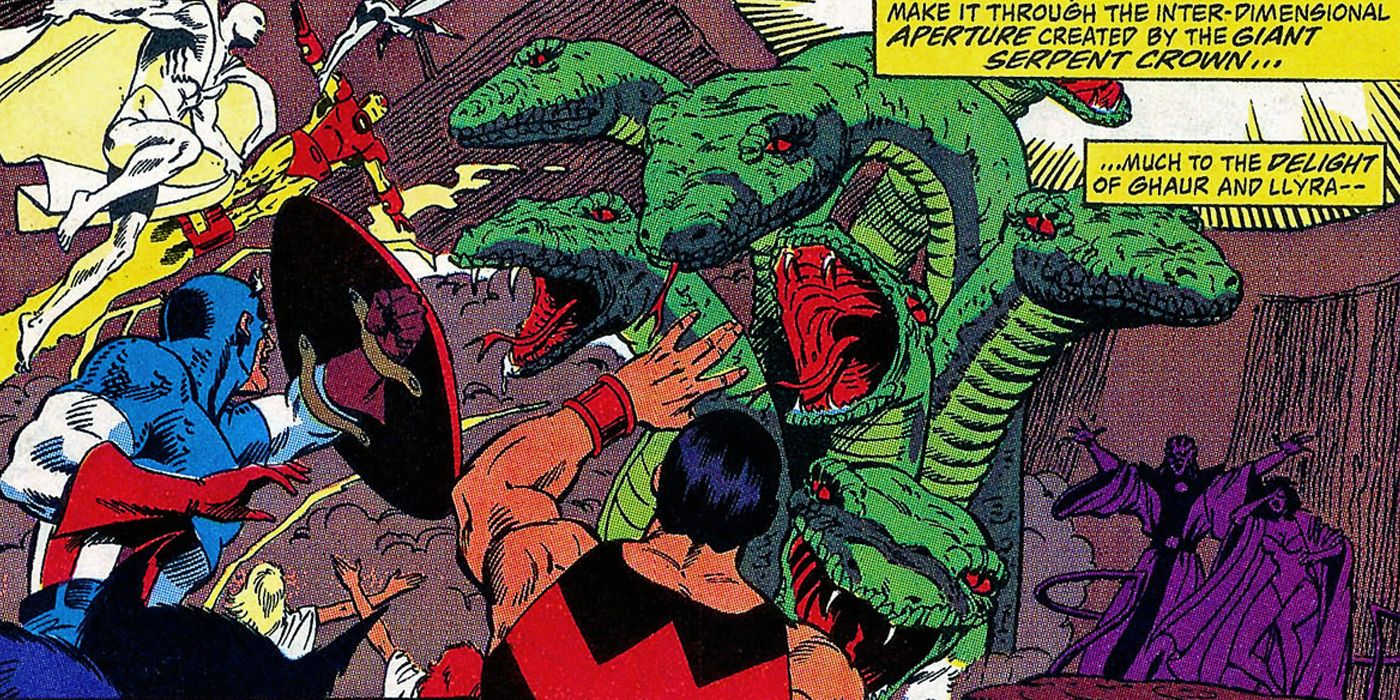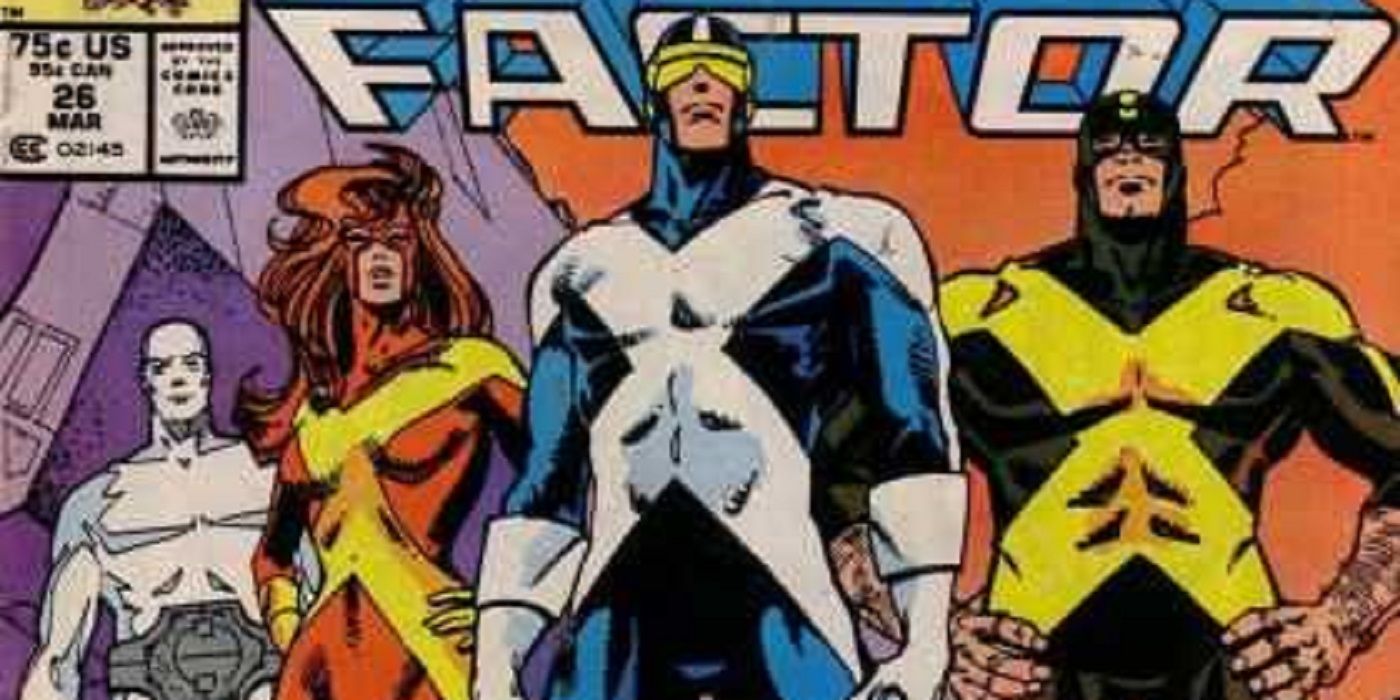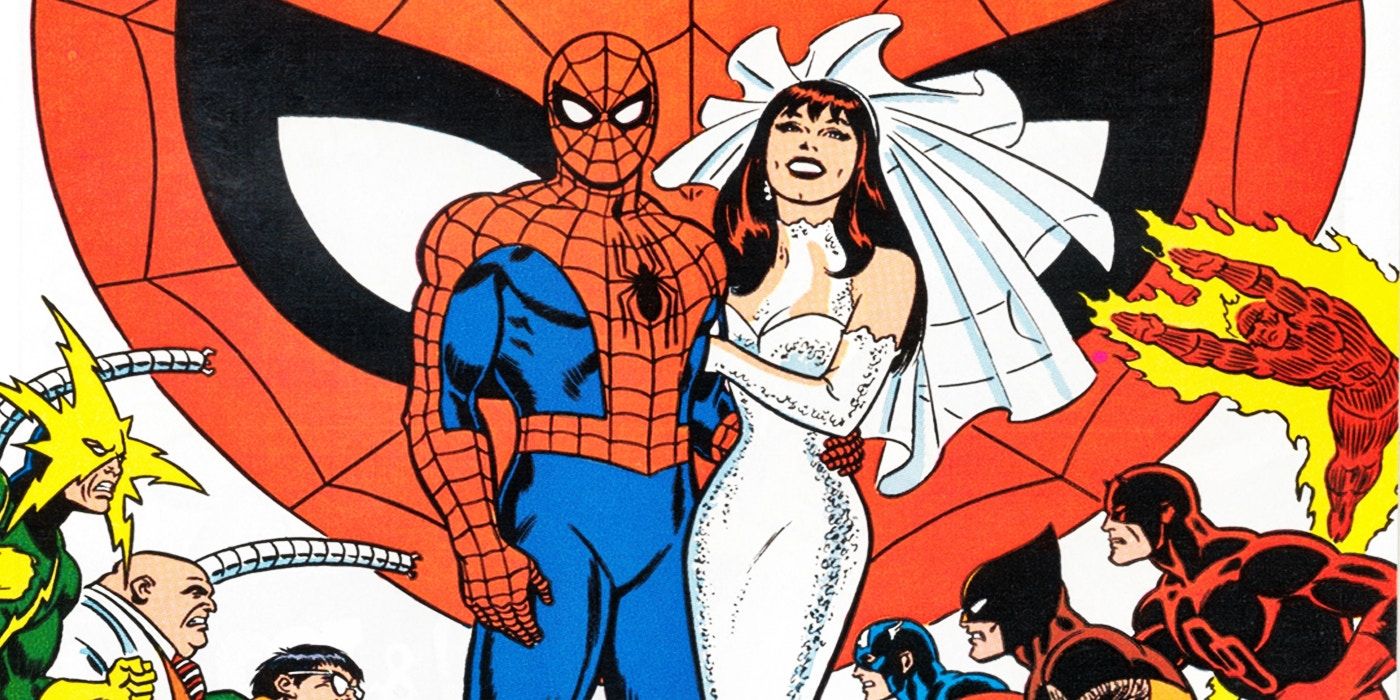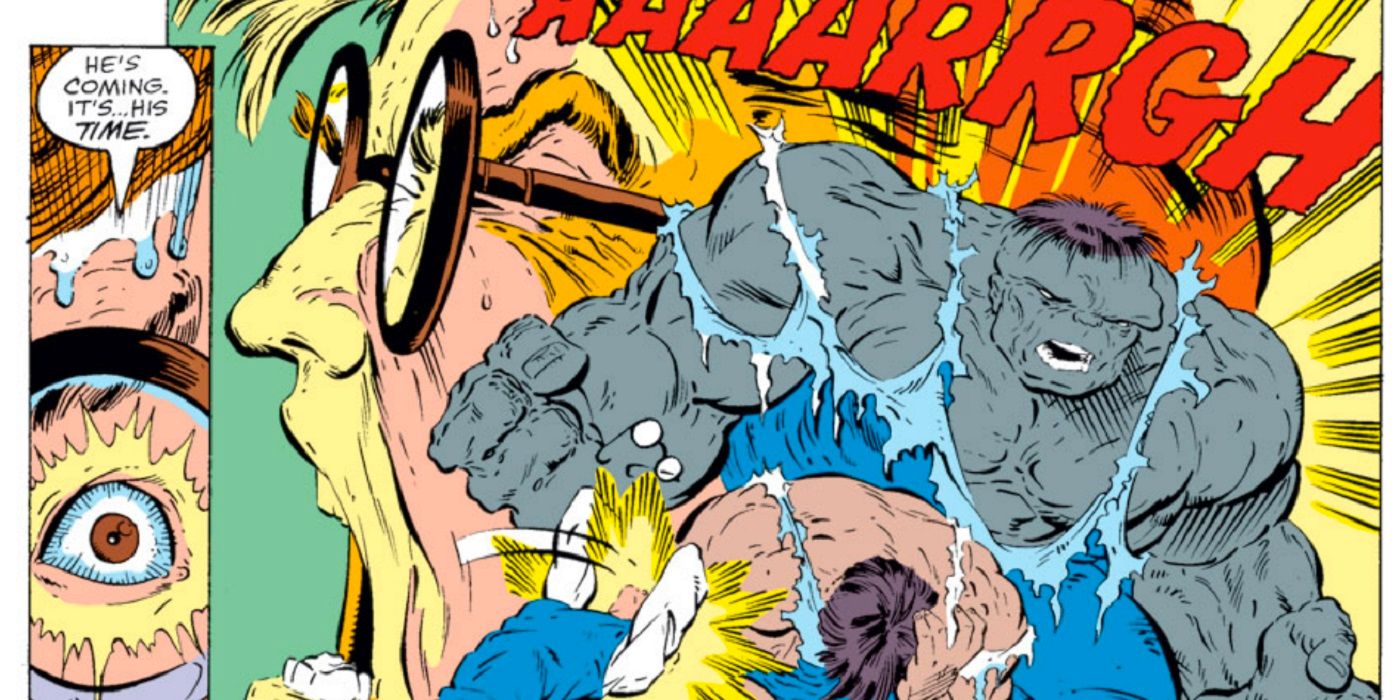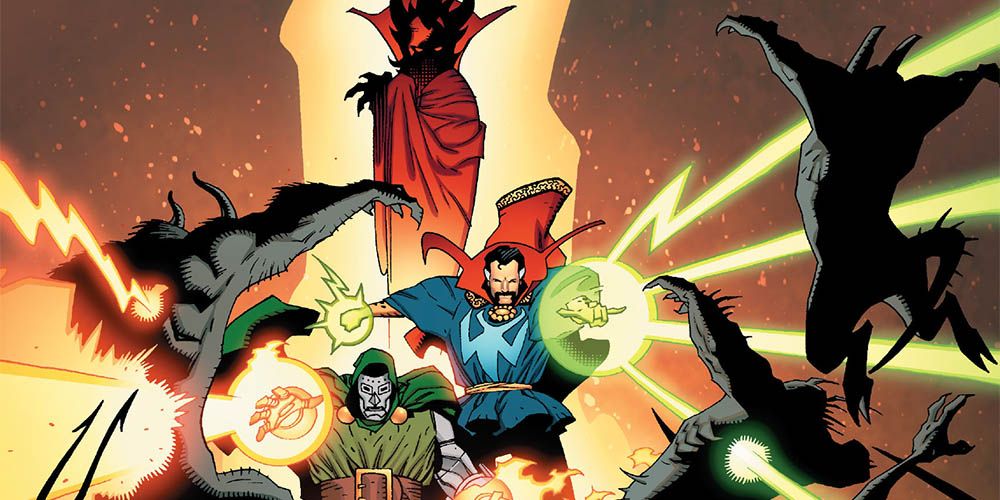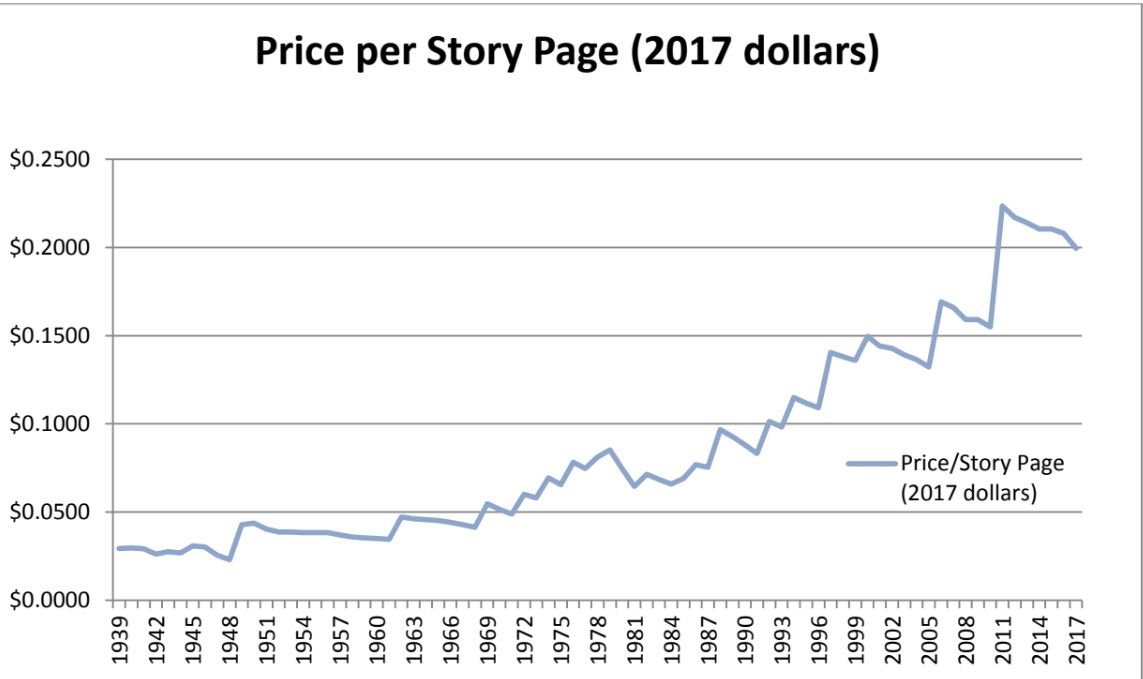The '80s were a prolific decade when it comes to comic books, with Marvel in particular producing some of the best books in their very long and acclaimed history. While the Bronze Age '70s output from the House of Ideas produced such long-lasting and iconic moments as "The Death of Gwen Stacy," Thanos' first dalliance with the cosmic cube, and that time Howard the Duck ran for president, Marvel's '80s comics represent a significant portion of the best in superhero comics.
RELATED: 15 Mistakes Marvel Made In The ’90s That Are Still Haunting Them
Before we sing a chorus of "they don't make 'em like they used to!", let's be clear to not deify Marvel's '80s output too much. Never forget this is the decade that produced the most deeply disturbing milestone issue in Marvel history, with the much talked about and controversial Avengers #200 introducing the unconscious impregnation of Carol Danvers as a near afterthought. There are also plenty of Marvel characters (Black Panther, Vision, Monica Rambeau) who have seen much better comics recently than they did through much of the '80s. Nonetheless here are the successful initiatives from the '80s that helped Marvel achieve some of their highs of the decade, and how they should be leveraged in the current slate of Marvel Comics.
15 THE WRITER/ARTIST CREATIVE GENIUS
During the '80s, Marvel featured an unbelievable lineup of comics creators writing and drawing their own series. While this isn't in and of itself a guarantee for great storytelling, this approach resulted in some of the absolute best superhero comics of all-time. In no particular order, Marvel's '80s roster included John Byrne on Fantastic Four, Frank Miller on Daredevil (multiple times), and Walt Simonson on Thor. These aren't just good Marvel Comics; they're character defining runs.
It's not that talented creators don't work on Marvel properties anymore -- far from it -- but very rarely do they get a chance to own the product the same way. There have been a handful of instances of the writer/artist combo in recent years (Kaare Andrews on Iron Fist comes to mind) but the legendary approach has fallen out of favor at Marvel since the '80s.
14 NEW HERO INTRODUCTIONS
The list of new heroic or anti-heroic Marvel characters introduced during the '80s is pretty amazing. In no particular order, the '80s saw debut appearances of Elektra, Mockingbird, She-Hulk, Dazzler, all the New Mutants, Rogue, Emma Frost, Cloak and Dagger, and of course, Kitty Pryde.
Elektra became the focal point of Frank Miller's run on Daredevil, whereas She-Hulk went on to join the Fantastic Four before finding new life on her own in Sensational She-Hulk. Meanwhile, the future of the X-Men and Excalibur was in many ways defined by new creations like Rogue, Emma, and Kitty. It's not like Marvel hasn't developed any compelling new characters in recent years (is that Quentin Quire's theme music?), but substantially fewer are given the room to grow into major players in the universe's future.
13 CONTAINED EVENTS
The very concept of comic book events was a new one entering the '80s, which will likely sound like the strongest case for a superior decade to many modern readers. Marvel experimented with bringing all their characters together in a battle royale during 1982's Contest of Champions, a four-issue miniseries that starred the cosmic Grandmaster bringing together the Marvel Universe for a game of capture the flag.
In 1984 and 1985, Marvel editor-in-chief Jim Shooter and artist Mike Zeck upped the ante with the 12-issue event series Secret Wars. With brief panel to single page long prelude tie-ins, Secret Wars got the ball rolling on Marvel's infatuation with events. Fortunately they remained relatively contained throughout the decade, with the X-Men's "Mutant Massacre" keeping the crossover to 12 total comics (2017's Secret Empire meanwhile, had approximately 74,000 total issues).
12 SECRET IDENTITY SUSPENSE
In recent years, Marvel has substantially overplayed their hand at slowly revealing a hero or villain's identity. Hulk readers still wake up in a rage thinking of how many times Marvel asked "Who is the Red Hulk?" and even Jason Aaron's "Goddess of Thunder" reveal had a hollow, overdrawn eight issue secret. The lack of excitement over character reveals was so obvious, Totally Awesome Hulk kept it's Hulk a secret for approximately one Chomo image.
Marvel comics of the '80s didn't have this issue. Within the pages of Roger Stern's run across Spider-Man titles, the villainous Hobgoblin's identity was kept mysterious to the point that we're honestly still confused. The original graphic novel Spider-Man vs Wolverine even added to the mystery several years later with the revelation that Ned Leeds was involved.
11 RUNS FOR YEARS
It's hardly worth holding literally any comics company to this standard anymore, but it's our duty to mention here that Chris Claremont kept an Uncanny X-Men run going for the entire decade without a single #1 issue reboot! (That Claremont was also able to spin out to near 50 issues of New Mutants and 20 of Excalibur in the same decade is simply mind-boggling.) The '80s included lengthy runs from singular talent across the board, from Mary Jo Duffy on Power Man and Iron Fist to Roger Stern on Amazing Spider-Man.
Marvel's current longest run is Jason Aaron's time writing Thor which dates back to Marvel NOW's Thor: God of Thunder #1 in late 2012. Even Aaron's 60+ issue Thor run is spread across five series title relaunches, and a maximum issue count of #25 (to date).
10 LIMITED SERIES GROWING THE UNIVERSE
While it's less common today, throughout the '80s Marvel had a keen eye for releasing miniseries that introduced new character and concepts. Frequently these characters would go on to become integral parts of the Marvel Universe. In some cases the impact was felt almost immediately, such as Chris Claremont and Frank Miller's four issue Wolverine, which introduced elements of the traditional samurai to Logan-san's story.
Other series like Rocket Raccoon lingered in Marvel's back catalog as oddities for decades until Annihilation Conquest and the Guardians of the Galaxy transitioned the Bill Mantlo creation into one of the biggest stars in pop culture. And then, above all, there's Mark Gruenwald and Bob Hall's Squadron Supreme, an underrated Watchmen counterpoint, and ongoing player in all things Marvel Comics.
9 CAPTAIN VS. AMERICA
The idea of Captain America questioning his country is a long-running theme in Cap comics, and an inevitable consequence of a legacy so deeply intertwined with the USA. The '80s found Steve Rogers taking these themes to a new level with Mark Gruenwald's lengthy "The Captain" story arc.
There was some talk around Secret Empire that comics didn't need to be so political, but looking back at Gruenwald's run you'll find issues that literally depict then President Ronald Reagan taken over by a snake virus. The politics of Cap comics from this time period aren't exactly sneaking past eagle-eyed readers with tremendous subtlety. Importantly, "The Captain" deals with the challenges of America without ever turning Captain America into the literal villain. No doubt it's a complex line to walk, but the '80s provide a preferable template.
8 GET WEIRD
There's a lot to be said about Marvel Comics that take huge chances and make readers feel outside their comfort zone. There are books within Marvel's current lineup that could fall under this category -- Ultimates and Black Bolt come to mind -- but we'd definitely like to see more.
Marvel released plenty of familiar superhero fare in the '80s, but there was also the teenage horror of Bill Sienkiewicz and Chris Claremont on New Mutants, the type of comic that makes you question everything you know about superhero art. If you're ready to get really strange and outside the norm, there's Marvel's Epic Imprint, an '80s launch that included Frank Miller and Bill Sienkiewicz's mind-blowingly weird Elektra: Assassin. While the lesson here might actually be to just hire Bill Sienkiewicz for more projects, there's a strangeness to the Marvel Universe that needs more attention.
7 NEW VILLAIN INTRODUCTIONS
Apart from Gorr the God-butcher and the Hickman-verse, what was the last Marvel Comic you read that introduced a new villain who instantly became part of the Marvel Universe fabric? It's a strange state of affairs that Marvel has collectively been recycling villains for decades. On the other hand, in the '80s creators developed Mr. Sinister, Venom, and Apocalypse, all major players in ongoing comics in the years to come, as well as stars of their own feature films (or soon to be).
Saying the creation of lasting baddies has stalled is an understatement. Depending on your affection for two Brian K. Vaughn creations, The Hood and the parents of the Runaways, new '00s villains are few and far between. You could make a case for The Maker, although given he's a long-running Marvel character and Ultimate Universe specific, it's a bit of a stretch (yeah, that's intended).
6 ANNUAL CROSSOVERS
They're far from the most memorable Marvel events, but Atlantis Attacks and Evolutionary War tested out the intriguing concept of launching crossovers through series annuals. The advantages to this approach are numerous, as Marvel gets to have their event and eat it too. Or, mixing fewer metaphors, the strategy doesn't disrupt ongoings!
In an ongoing effort to prove that this seemingly non-invasive strategy is actually a terrible idea, Marvel did try something similar with Monsters Unleashed. The least explicable event of the '00's -- seriously, quality completely aside, why did this happen -- tried tie-ins labeled number ".MU", keeping ongoing series from Monster-fueled interruptions. Big picture this is still the exception and not the norm, as Civil War 2 and Secret Empire were chalk full of tie-ins.
5 WOMEN WRITING MALE CHARACTERS
Some of the best runs of the '80s decade stem from women writers taking over traditionally "masculine" characters of teams. Most notably you have Mary Jo Duffy on Power Man and Iron Fist, Louise Simonson on X-Factor (and the less testosterone driven New Mutants), and Ann Nocenti on Daredevil. It's of course overly simplistic to suggest this is the secret trick to more great Marvel arcs, or to pretend the '80s were a feminist utopia in the comics industry, but these opportunities are strangely missing from today's Marvel Legacy titles.
With the exception of Becky Cloonan's excellent work writing The Punisher, where are these same opportunities now? Strong and varied perspectives are always good for storytelling, so it's beyond perplexing why Marvel would have lost their way given the aforementioned track record.
4 PROGRESSION
Marvel Comics of the '80s did an impressive job balancing the ever shifting "illusion of change" while maintaining what made characters resonate with readers. It's a challenging thing to promote organic growth that doesn't pass the point of no return, and for all their recent focus on "change," Marvel has lost many readers in their rush to create a legacy.
After nearly a decade on and off, Peter Parker and Mary Jane Watson got married in Amazing Spider-Man Annual #21 (of course so did Johnny Storm and Alicia Masters but let's just pretend that didn't happen). Meanwhile, character transitions such as Rhodey as Iron Man or John Walker as Cap felt like logical progressions for their stories. Most notably of all, the Uncanny X-Men saw more roster changes than the Chicago Bears QB depth chart, and never lost its footing the entire decade.
3 CONSISTENT CREATIVE
Yes, you had to walk uphill in the snow both ways, but back in the '80s you could get to know a writer/artist team on a book without constant fill-in issues. From Todd McFarlane's consistent presence on Incredible Hulk and Amazing Spider-Man to David Mazzuchelli or John Romita Jr. on Daredevil, some of the best artists of the era lent their storytelling gifts to extensive runs on all of the most popular Marvel heroes.
While this might seem like an overly simple strategy, shipping schedules and desires to keep publications on time (not to mention the rigorous demands of churning out pages of artwork) have led Marvel to feature rotating crews of artists across titles. There are arguments for and against, but this approach absolutely decreases consistency.
2 ORIGINAL GRAPHIC NOVELS
Early on in the '80s Marvel released their first prestige original graphic novel with the culmination of Jim Starlin's work on Captain Marvel comics in the iconic Death of Captain Marvel. From there, Marvel continued to release in continuity excellence like X-Men: God Loves Man Kills, New Mutants, Emperor Doom and Doctor Strange and Doctor Doom: Triumph and Torment.
Marvel's current slate of original graphic novels are nowhere near as impacting. It isn't that the work is of lower quality -- Jerome Opena's art throughout Rage of Ultron is wonderful -- so much as the books themselves feel disconnected. Even when the resulting fallout of Hank Pym and Ultron's final battle makes its way to the pages of ongoing, in-continuity Uncanny Avengers or Secret Empire it feels more strange than exciting.
1 PRICE PER STORY
It's not just that comic books were cheaper in the '80s (you could get a hot dog for a nickel) it's that you demonstrably got more bang for your buck in '80s Marvel Comics. As this excellent analysis highlights, the price per story page of comics actually became more affordable in the '80s as Marvel added pages and kept costs low. The speculator boom of the '90s sent price per story page skyrocketing, and Marvel hasn't looked back since.
Translated to 2017 dollars, issues of Marvel Comics were between $1 and $2 throughout the decade, and you got on average a full 22 pages of story. Most comic book readers would lose their minds to see such prices at their local comic shop today, and you have to think it would mean pull lists across the globe with an influx of Marvel titles.
Do you miss the Marvel from the '80s? Let us know in the comments!

